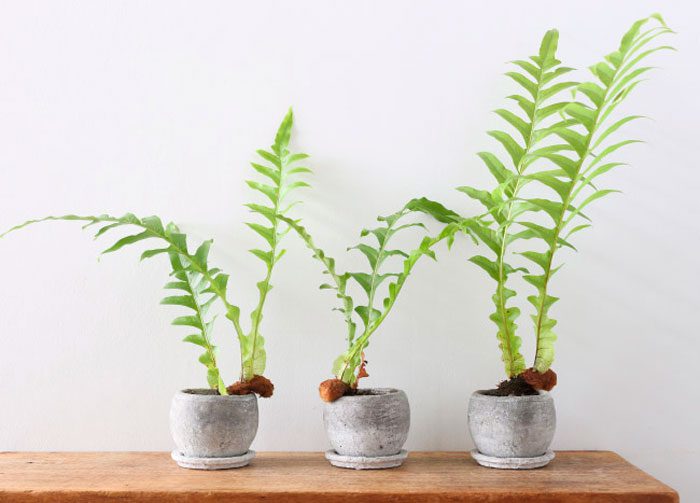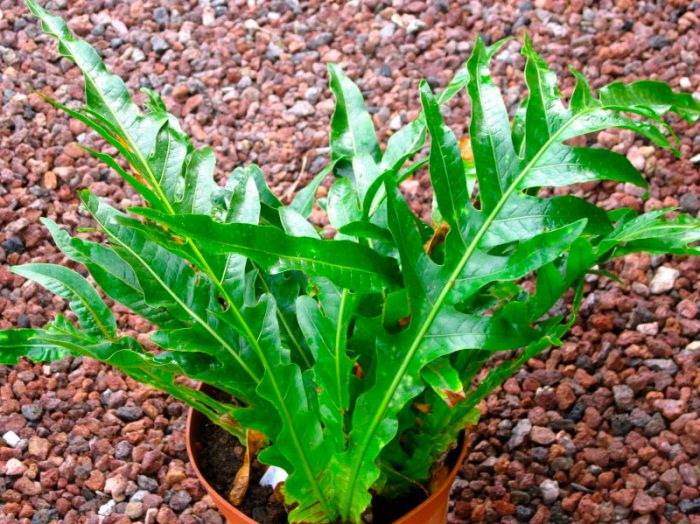The Aglaomorph fern is not popular among gardeners. It comes from the tropical rainforests of Central and South America. To plant such a plant, you will need a large, spacious container, since its shaggy rhizome is very large and creeping. Such a fern, like many others, has rather wide leaves (fronds), which can reach 50 centimeters in length. And on them are narrow and wide leaves. Mainly aphids and mealybugs settle on the aglaomorph.
Content
Main types
Crowning Aglaomorph (Aglaomorpha coronans)
It can reach a height of 200 centimeters. Rigid lanceolate fronds of a triangular shape are colored dark green. Homeland is China and India.
Aglaomorph meyna (Aglaomorpha meyeniana)
It is also called bears paw, and all because the thick rhizome of such a fern is similar to a paw. The fronds are feathery and smooth, and they are very long from 65 to 100 centimeters. He hails from the Philippine Islands, where he prefers to grow in tropical rainforest trees and on rocks.
Agglaomorphic care at home
Illumination
Needs bright lighting, but the light must be diffused.
Temperature regime
All year round, you should try to maintain the temperature between 15 and 20 degrees. It is worth remembering that such a fern reacts extremely negatively to drafts. Also, the plant reacts very badly to temperatures: above 22 degrees and below 10 degrees.
How to water
Water must be systematically and moderately, all year round. The potting medium should always be slightly damp (not soggy). Do not allow stagnation of water in the soil, as this can provoke rotting of the root system. Watering is recommended only with lukewarm water.
Humidity
Aglaomorph and like all other ferns prefers very high humidity. In this regard, she needs to moisten the foliage from the sprayer as often as possible.
Transplant features
A transplant is carried out only if necessary, for example, when the root system becomes cramped in the pot. This procedure is recommended in the spring.
Reproduction methods
It is recommended to propagate such a fern in the spring. This can be done by dividing an overgrown bush or by spores.
Possible difficulties
- Twigs dry up - overdrying of the substrate. Increase your watering frequency.
- The bush fades - decay of the root system. Watering should be reduced.















